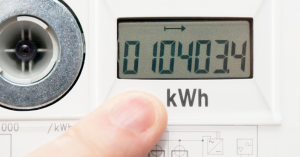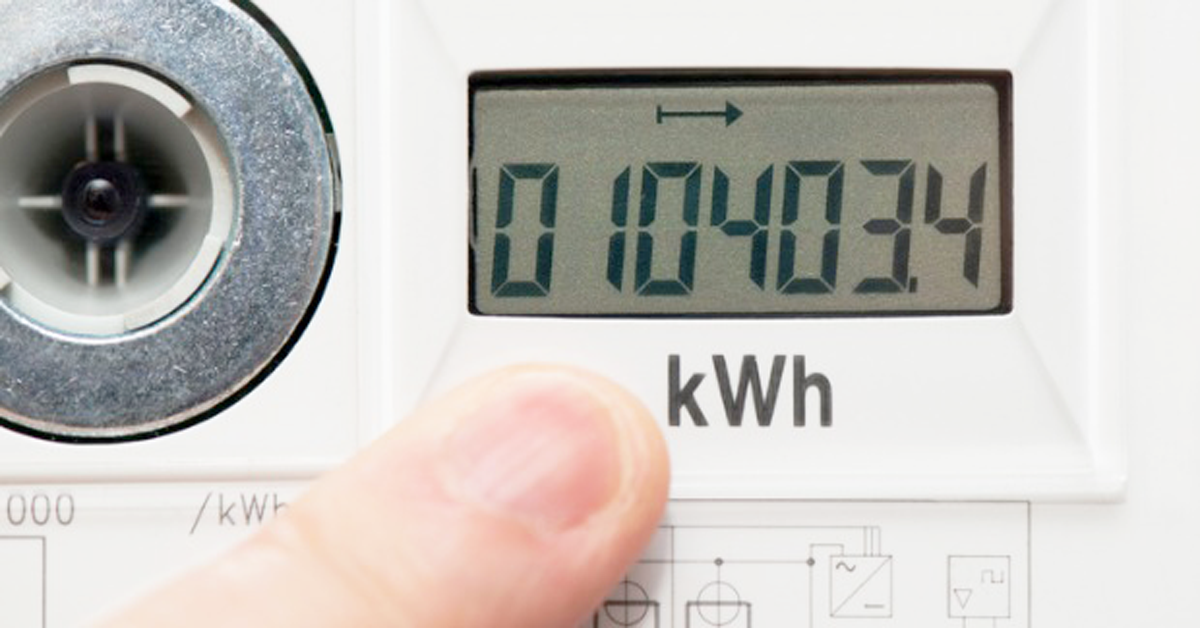Victorian solar feed-in tariffs 2019: – how to get best value from your rooftop solar panels
Victorian solar feed-in tariffs 2019:
This program determine that how much the state residents get for any excess electricity that their solar panels produce feed back to the grid.
Depending on your electricity in Victoria, retailer and you plan, your feed-in tariff can be time-varying
or fixed rate. The minimum fixed rate your retailer can pay you is 12 c per kWh, with effect from July 1 2019 untill June 30 2020. If you feed one kilowatt into the grid for one hour, you get 12c in return.
Let’s look at the feed-in tariffs (or FiT) on offer and what they can mean for you.
A you will get a better use of your solar power using your home battery.

Victorian solar feed-in tariffs 2019
Victorian solar feed-in tariffs at a glance in 2019:
The payments are as follows for retailers offering time-varying feed-in tariffs.
The valued of tariffs are set by the Victorian Essential Services Commission. By forecasting the wholesale price of electricity for the year ahead, It determines the minimum feed-in tariff .
Due to changing supply and demand the wholesale price varies across different times of the day. As the solar power is exported between certain hours of the day, the Commission only used the forecast wholesale price for electricity during these ‘solar hours’.
When the time-varying Victorian solar feed-in tariff became available in July 2018, EnergyAustralia was the first retailer to offer it. It still offers time-varying rates as per the table above.
Origin Energy doesn’t offer time-varying feed-in tariffs, instead offering a fixed feed-in tariff of 12c. The same applies to AGL.
Will the time-varying feed-in tariff save me money?
The question of $64,000 is whether using time-varying solar feed-in tariffs you will save money . That depends on your energy use. Assuming that you have no battery and have only solar panels, you need to compare ‘upload’ to ‘download’ rates.
If you work afternoons/nights and use most electricity during the day, then you can get the peak rate of uploading to the grid from 3pm-9pm – 14.6c.
So if you got all your washing, ironing, cooking and TV-watching done before three, you could then export it and earn more.
Time varying tariffs:
What you pay for your electricity you should not be confused by time-varying electricity plans time-varying solar feed-in tariffs. In fact, solar panel owners must avoid these plans.
Because people tend to use more electricity when time-varying tariffs are most expensive during the evening anyway.
During the day time, their solar panels make the cheap rates redundant, offer them ‘free’ electricity.
If you have a solar battery then the story changes, however. it’s a good idea to do some research and crunch some numbers before you choose an electricity plan.

